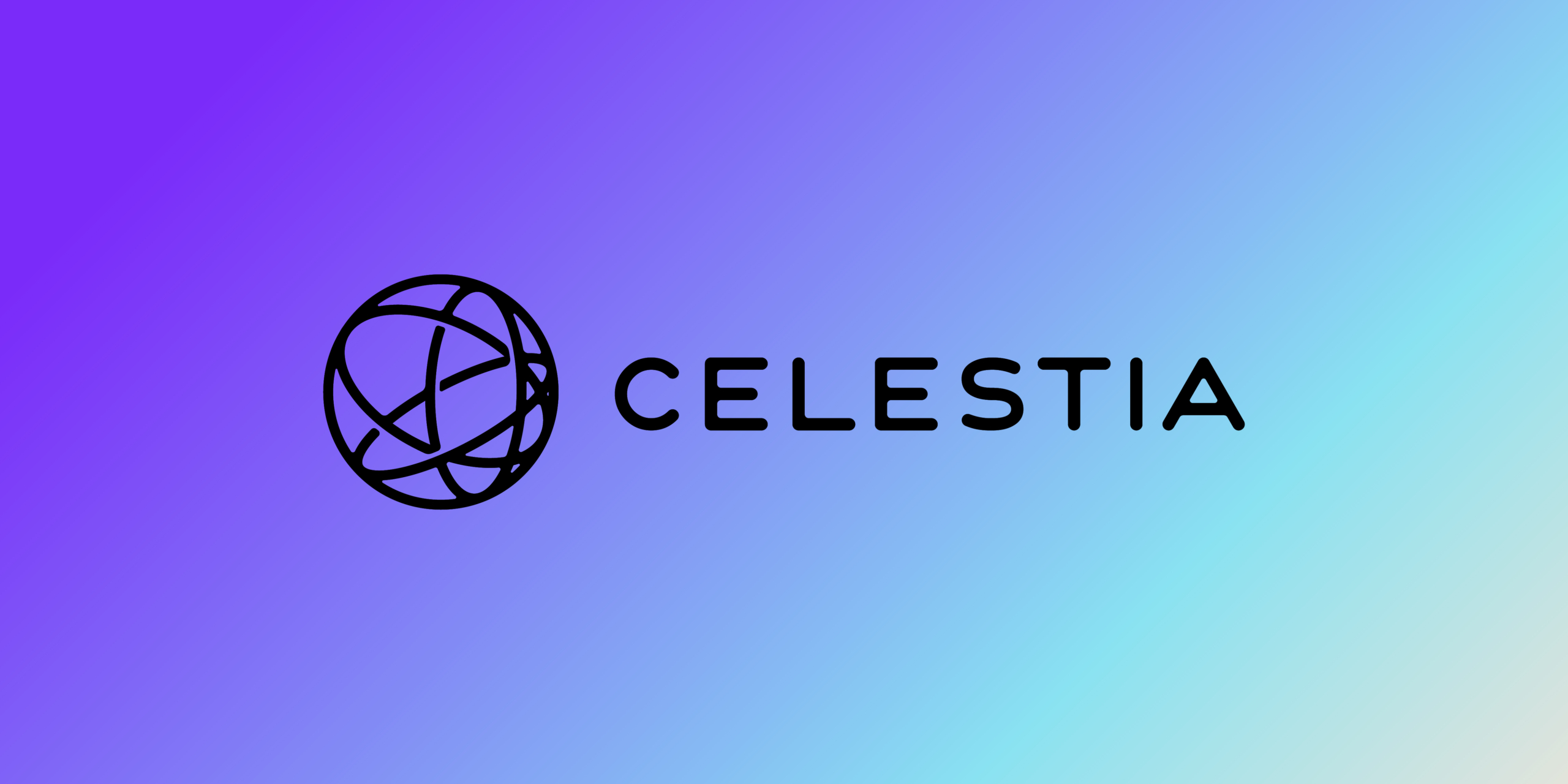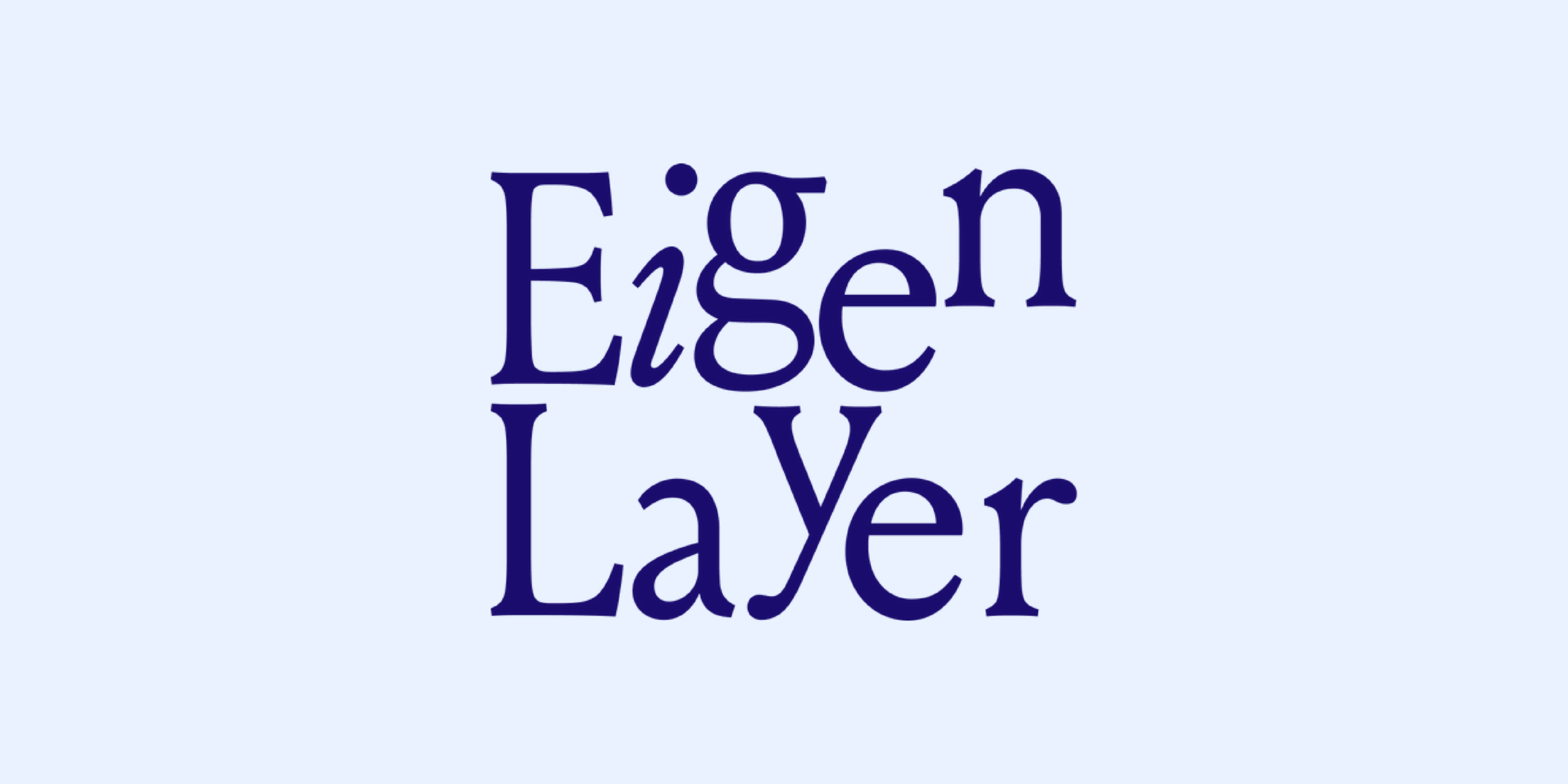Introduction
Celestia represents a paradigm shift in blockchain technology, presenting itself as a modular network designed to enhance scalability and efficiency in blockchain development. It operates as a foundational layer providing data availability and consensus, which is crucial for the operation of various blockchain applications. This review objectively analyzes Celestia’s technological aspects, including its architecture, code quality, roadmap, usability, and the team behind it, without any intent to promote or endorse the project.
Innovation
Celestia‘s innovation is at the heart of its modular structure, which separates the responsibilities across different blockchain layers, leading to improved performance and scalability. The network introduces several unique features
Data Availability Sampling (DAS): This technique allows light nodes to verify block data availability efficiently without downloading entire blocks.
Namespaced Merkle Trees (NMTs): They enhance data organization and retrieval by enabling applications to access only the data relevant to them.
Scalability via Light Nodes: The network’s capacity grows with the addition of light nodes, making it robust and scalable.
Reed-Solomon Encoding: This method ensures data recovery and availability, a crucial aspect of blockchain integrity.
Fraud Proofs: These enhance the security and trustworthiness of the network by providing mechanisms to challenge incorrect data.
Architecture
Celestia‘s architecture is distinguished by its separation of execution from consensus, functioning primarily as an atomic broadcast system. This division allows for increased throughput and efficiency. Key components include:
- 2D Reed-Solomon Encoding: Ensures redundancy and data recovery.
- Probabilistic Data Sampling: Enables efficient data verification by light nodes.
- Modified Tendermint Consensus: Adapted for enhanced data availability.
- ABCI++ Interface: Facilitates efficient communication between different blockchain layers.
Code Quality
The codebase of Celestia reflects a commitment to high standards, with clear documentation and a well-structured design that facilitates ease of understanding and modification. Regular updates and rigorous testing procedures indicate a focus on security and reliability.
Product Roadmap
Celestia’s roadmap outlines a clear vision for the future, with planned upgrades and features to enhance the network’s capabilities, including further optimization of data handling, integration of advanced security features, and expansion of the network’s interoperability and application support.
Celestia Usability
The network is designed to focus on user-friendliness, particularly for developers looking to build decentralized applications. The modular nature simplifies the development process, and the robust documentation and community support further aid in adoption and usability.
Team
The Celestia team comprises individuals with robust blockchain technology, cryptography, and software development backgrounds. Their collective expertise is evident in the network’s design and implementation, indicating a high level of competency and vision.
Conclusion
Celestia emerges as a significant innovation in the blockchain space, with its modular design addressing critical challenges of scalability and interoperability faced by traditional blockchains. Its focus on data availability and integrity, combined with a scalable and efficient architecture, positions it as a promising foundation for future decentralized applications. The team’s expertise and the network’s strategic roadmap further reinforce its potential as a leading infrastructure in the blockchain ecosystem.
| Initial Screening | |||
| Keep researching | |||
| Does this project need to use blockchain technology? | Yes | ||
| Can this project be realized? | Yes | ||
| Is there a viable use case for this project? | Yes | ||
| Is the project protected from commonly known attacks? | Yes | ||
| Are there no careless errors in the whitepaper? | Yes | ||
| Project Technology Score | |||
| Description | Scorecard | ||
| Innovation (Out Of 11) | 10 | ||
| How have similar projects performed? | Good | 2 | |
| Are there too many innovations? | Medium | 1 | |
| Percentage of crypto users that will use the project? | Over 11% | 5 | |
| Is the project unique? | Yes | 2 | |
| Architecture (Out of 12) | 9 | ||
| Overall feeling after reading whitepaper? | Good | 2 | |
| Resistance to possible attacks? | Good | 2 | |
| Complexity of the architecture? | Not too complex | 2 | |
| Time taken to understand the architecture? | 20 – 50 min | 1 | |
| Overall feeling about the architecture after deeper research? | Medium | 2 | |
| Has the project been hacked ? | No | 0 | |
| Code Quality (out of 15) | 14 | ||
| Is the project open source? | Yes | 2 | |
| Does the project use good code like C,C++, Rust, Erlang, Ruby, etc? | Yes | 2 | |
| Could the project use better programming languages? | No | 0 | |
| Github number of lines? | More than 10K | 1 | |
| Github commits per month? | More than 10 | 2 | |
| What is the quality of the code? | Good | 2 | |
| How well is the code commented? | Good | 1 | |
| Overall quality of the test coverage? | Outstanding | 2 | |
| Overall quality of the maintainability index? | Outstanding | 2 | |
| When Mainnet (out of 5) | 5 | ||
| When does the mainnet come out? | Mainnet Ready | 5 | |
| Usability for Infrastructure Projects (out of 5) | 5 | ||
| Is it easy to use for the end customer? | Yes | 5 | |
| Team (out of 7) | 6 | ||
| Number of active developers? | 5+ | 2 | |
| Developers average Git Background? | Senior | 2 | |
| Developers coding style? | Solid | 2 | |
| Total Score (out of 55) | 49 | ||
| Percentage Score | |||
| Innovation | 18.18% | ||
| Architecture | 16.36% | ||
| Code Quality | 25.45% | ||
| Mainnet | 9.09% | ||
| Usability | 9.09% | ||
| Team | 10.91% | ||
| Total | 89.09% |





